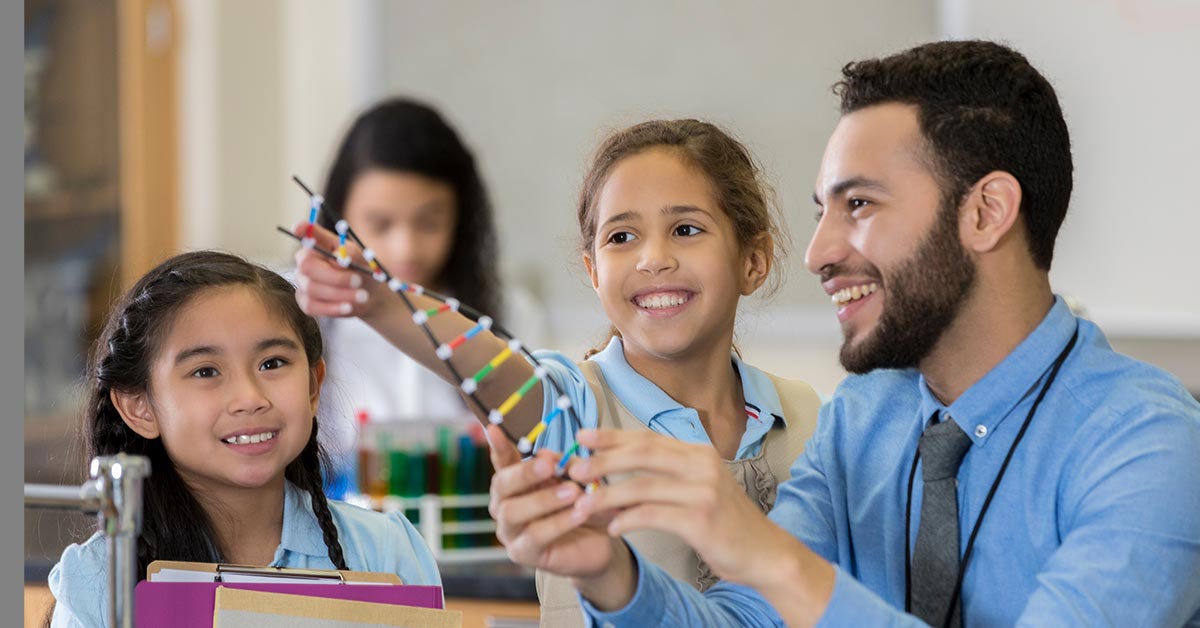In the realm of education, student engagement emerges as a critical factor that shapes the learning experience and influences academic success. As we delve into the dynamics of student engagement, we uncover its profound impact on empowering learning journeys. Understanding how students engage with their studies and the learning environment provides educators and institutions with valuable insights to create enriching educational experiences.
Section 1: The Essence of Student Engagement
Student engagement isn’t just about being physically present in the classroom; it encompasses a deep involvement on cognitive, emotional, and behavioral levels. Engaged students exhibit higher motivation, active participation, and a genuine interest in their studies. This active involvement goes beyond memorization, encouraging critical thinking and a thirst for knowledge.
Section 2: Factors Influencing Student Engagement
Several factors contribute to student engagement. The classroom environment plays a pivotal role, with elements such as classroom layout, seating arrangement, and lighting affecting students’ focus and comfort. Innovative teaching methods that incorporate real-world applications and interactive activities capture students’ attention and curiosity. Additionally, personal factors like individual interests, learning styles, and background experiences play a significant role in shaping engagement.
Section 3: Empowering Learning Environments
Creating an empowering learning environment is crucial for fostering student engagement. Inclusive classrooms that value diversity and provide a safe space for expression encourage active participation. Collaborative activities and group projects stimulate peer interaction and collaborative problem-solving, enhancing engagement levels.
Section 4: The Role of Educators in Fostering Engagement
Educators hold the key to unlocking student engagement. Their enthusiasm, teaching style, and ability to connect with students impact the learning atmosphere. Incorporating innovative teaching techniques like gamification, hands-on experiments, and multimedia presentations sparks curiosity and enthusiasm among learners. By recognizing individual learning preferences and adapting teaching methods, educators can personalize the learning experience, promoting engagement.
Section 5: Student-Centered Approaches
Student-centered learning methodologies empower learners to take charge of their educational journeys. In project-based learning, students tackle real-world challenges, promoting critical thinking and problem-solving. Inquiry-based learning encourages curiosity-driven exploration, while flipped classrooms invert traditional teaching methods, allowing students to explore concepts at their own pace.
Section 6: Measuring and Assessing Student Engagement
Measuring student engagement involves both quantitative and qualitative approaches. Surveys, attendance rates, and participation metrics offer quantitative insights, while qualitative methods like observing student interactions and analyzing their work provide deeper understanding. Formative assessments, quizzes, and open-ended discussions gauge students’ comprehension and engagement levels during the learning process.
Section 7: Overcoming Challenges to Engagement
Challenges to engagement are inevitable, but they can be overcome. Addressing disinterest requires varied teaching strategies that cater to diverse learning styles. Minimizing distractions involves creating focused learning environments and encouraging digital discipline. Lack of motivation can be tackled by connecting lessons to real-life applications and showcasing the relevance of the subject matter.
Section 8: Future Trends in Student Engagement
The future of student engagement lies at the intersection of technology and pedagogy. Virtual reality, gamification, and artificial intelligence are poised to revolutionize education by immersing students in interactive learning experiences. Personalized learning platforms tailored to individual needs will become more prevalent, ensuring that each student’s journey is uniquely engaging.
Takeaway
Unveiling the dynamics of student engagement reveals its transformative power in shaping learning journeys. By nurturing an environment that values active participation, personalization, and innovation, educators can empower students to embark on educational paths brimming with curiosity, enthusiasm, and a passion for lifelong learning. As we venture into the future, the commitment to enhancing student engagement promises to pave the way for a brighter and more empowered educational landscape.

